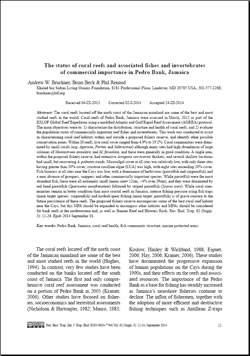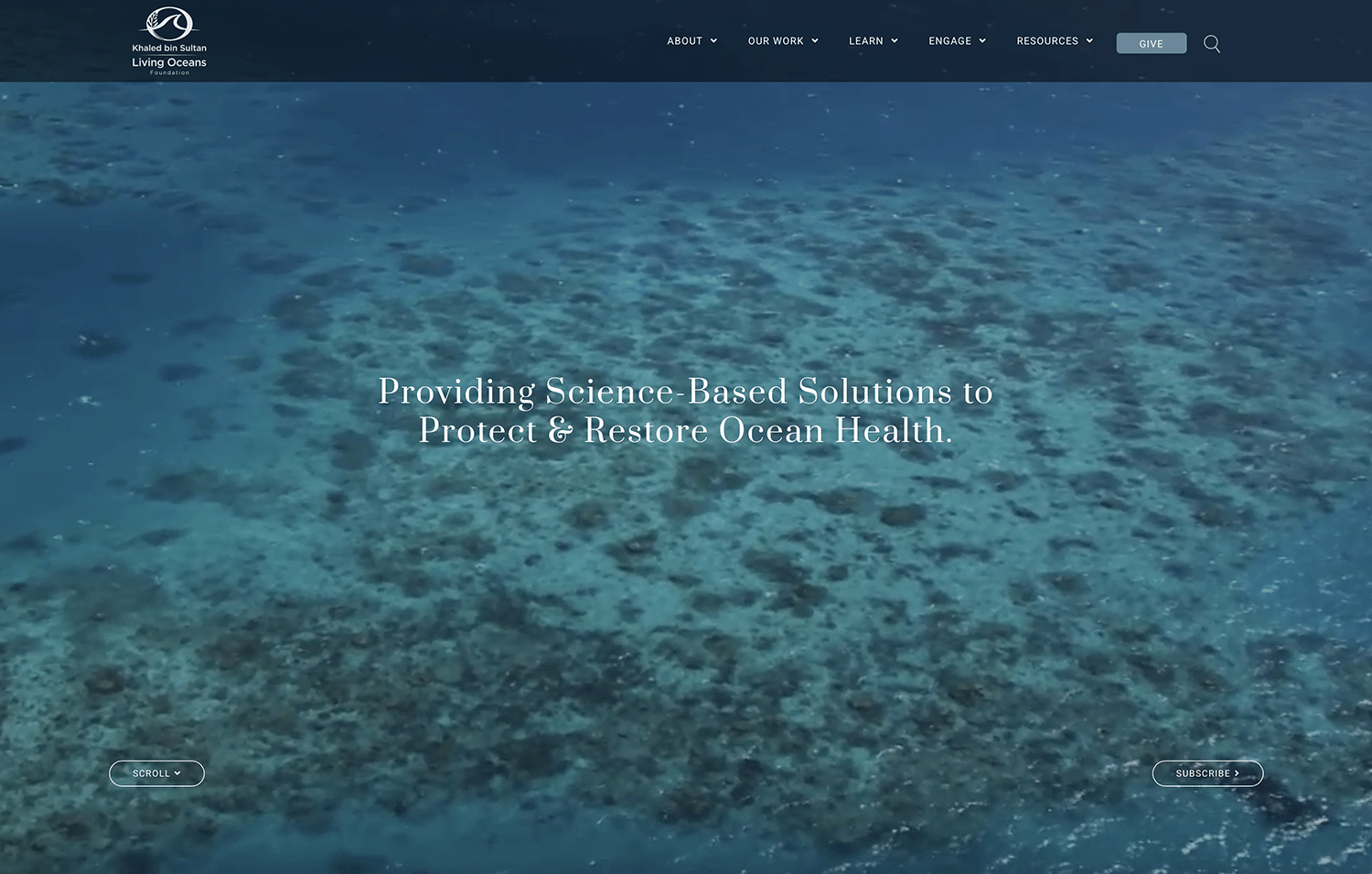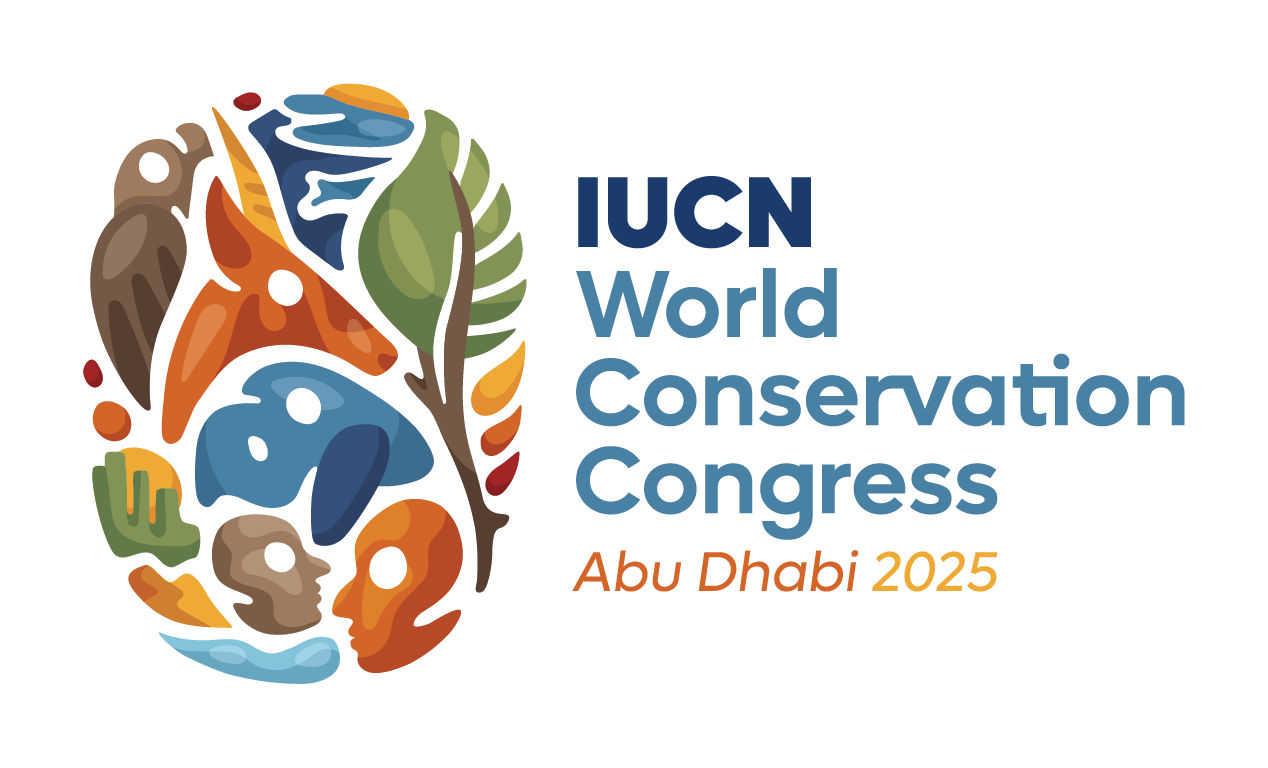 The Khaled bin Sultan Living Oceans Foundation conducted a research mission to Pedro Bank, Jamaica in 2012 as part of its Global Reef Expedition. This scientific article on the Status of Coral Reefs of Commercial Importance in Jamaica is a result of research conducted during that mission.
The Khaled bin Sultan Living Oceans Foundation conducted a research mission to Pedro Bank, Jamaica in 2012 as part of its Global Reef Expedition. This scientific article on the Status of Coral Reefs of Commercial Importance in Jamaica is a result of research conducted during that mission.
Status of Coral Reefs of Commercial Importance in Jamaica
Khaled bin Sultan Living Oceans Foundation
March 24, 2014
By Andrew W. Bruckner, Brian Beck, and Phil Renaud
ABSTRACT:
The coral reefs located off the north coast of the Jamaican mainland are some of the best and most studied reefs in the world. Coral reefs of Pedro Bank, Jamaica were assessed in March, 2012 as part of the KSLOF Global Reef Expedition using a modified Atlantic and Gulf Rapid Reef Assessment (AGRRA) protocol. The main objectives were to: 1) characterize the distribution, structure and health of coral reefs; and 2) evaluate the population status of commercially important reef fishes and invertebrates. This work was conducted to assist in characterizing coral reef habitats within and outside a proposed fishery reserve, and identify other possible conservation zones. Within 20 reefs, live coral cover ranged from 4.9% to 19.2%. Coral communities were dominated by small corals (esp. Agaricia, Porites and Siderastrea) although many sites had high abundances of large colonies of Montastraea annularis and M. faveolata, and these were generally in good condition. A single area, within the proposed fishery reserve, had extensive Acropora cervicornis thickets, and several shallow locations had small, but recovering A. palmata stands. Macroalgal cover at all sites was relatively low, with only three sites having greater than 30% cover; crustose coralline algae (CCA) was high, with eight sites exceeding 20% cover. Fish biomass at all sites near the Cays was low, with a dominance of herbivores (parrotfish and surgeonfish) and a near absence of groupers, snappers and other commercially important species. While parrotfish were the most abundant fish, these were all extremely small (mean size= 12cm; <4% over 29cm), and they were dominated by red band parrotfish (Sparisoma aurofrenatum) followed by striped parrotfish (Scarus iseri). While coral communities remain in better condition than most coastal reefs in Jamaica, intense fishing pressure using fish traps (main target species: surgeonfish) and hookah/spear fishing (main target: parrotfish) is of grave concern to the future persistence of these reefs. The proposed fishery reserve encompasses some of the best coral reef habitat near the Cays, but this MPA should be expanded to encompass other habitats and MPAs should be considered for bank reefs at the northwestern end, as well as Banner Reef and Blowers Rock. Rev. Biol. Trop. 62 (Suppl. 3): 11-24. Epub 2014 September 01.
INTRODUCTION:
The coral reefs located off the north coast of the Jamaican mainland are some of the best and most studied reefs in the world (Hughes, 1994). In contrast, very few studies have been conducted on the banks located off the south coast of Jamaica. The first and only comprehensive coral reef assessment was conducted on a portion of Pedro Bank in 2005 (Kramer, 2006). Other studies have focused on fisheries, socioeconomics and terrestrial assessments (Nicholson & Hartsuijter, 1982; Munro, 1983; Koslow, Hanley & Wicklund, 1988; Espuet, 2006; Hay, 2006; Kramer, 2006). These studies have documented the progressive expansion of human populations on the Cays during the 1990s, and their effects on the reefs and associated resources. The importance of the Pedro Bank as a base for fishing has steadily increased as Jamaica’s nearshore fisheries continue to decline. The influx of fishermen, together with the adoption of more efficient and destructive fishing techniques such as Antillean Z-traps and hookah spearfishing is leading to the overexploitation of lobster, conch, and finfish throughout Pedro Bank (Aiken & Kong, 2000; Koslow et al., 1988; Munro, 1983; Nicholson & Hartsuijker, 1982). Further, the increase in permanent inhabitants on Pedro Cays has resulted in destruction of coastal vegetation, excessive trash and marine debris, discharge of untreated sewage into surrounding waters, and diminished habitat for nesting turtles and seabirds (Espeut, 2006; Hay, 2006).
Since the mid-2000s, conservation agencies in Jamaica have been working to implement the Pedro Bank Coral Reef Management Project. This project has included biological and socioeconomic assessments, feasibility studies, and efforts to control and minimize overfishing and degradation of coral reefs and coral cays due to unsustainable human settlement. A primary goal has involved the development of a zoning strategy, including the adoption of a fishery reserve off southwest Cay. To help inform constituents of the value of these resources and the benefits that would ensue through establishment of networks of marine protected areas (MPAs), KSLOF and partners conducted an extensive survey of coral reef habitats within Pedro Bank. The current research used the Atlantic and Gulf Rapid Reef Assessment (AGRRA) protocol, which is the same methodology applied in 2005 (Kramer, 2006). The areas assessed in 2005 were reevaluated during this study, and we expanded the surveys to new locations. Here we present data on the status of coral reefs and changes that have occurred since 2005, and provide recommendations on potential sites that would benefit from protection as MPAs…


